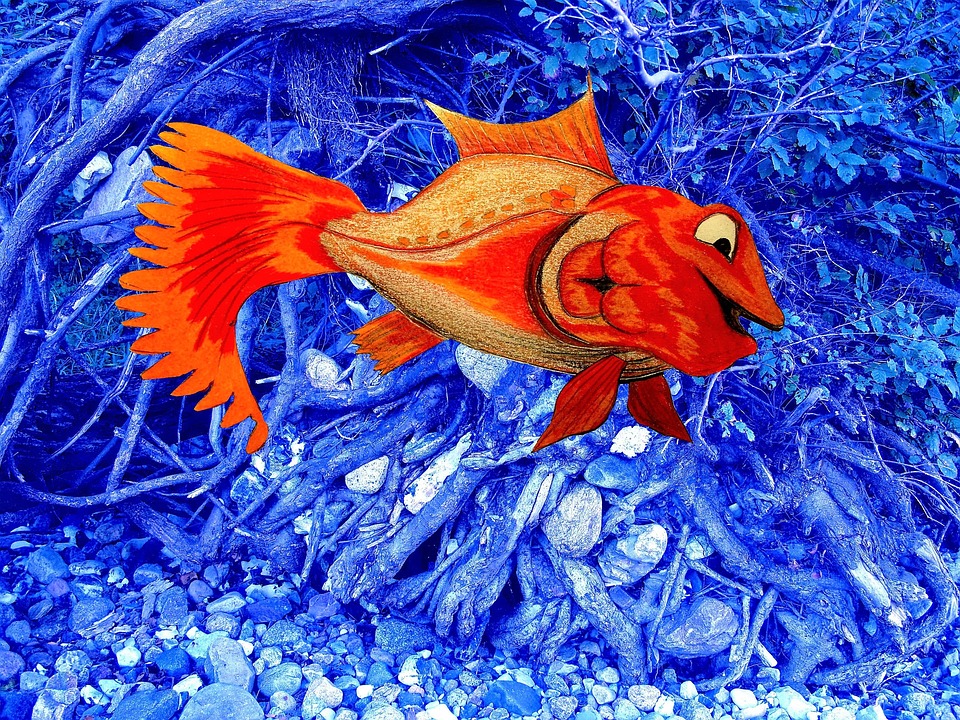Behavioral enrichment in fish tanks is of utmost importance for enhancing the well-being of aquarium fish. Understanding the significance of behavioral enrichment and implementing effective strategies can greatly improve the quality of life for these aquatic creatures.
Fish, like any other living beings, have natural behaviors that are essential for their overall health. By providing behavioral enrichment, we allow them to engage in these natural behaviors, preventing boredom and stress. Boredom can lead to various health issues in fish, such as decreased appetite, lethargy, and even aggression. On the other hand, behavioral enrichment promotes physical and mental stimulation, which are crucial for their well-being.
There are several factors to consider when implementing behavioral enrichment in fish tanks. Firstly, tank size and design play a crucial role. Providing adequate swimming space is important for fish to exercise and explore their environment. Incorporating hiding spots and caves using rocks, driftwood, or specially designed structures allows fish to retreat and feel safe. Adding live plants and decorations further enhances their exploration and natural behavior.
Maintaining clean and well-oxygenated water is another crucial aspect of behavioral enrichment. Regular water testing and maintenance are necessary to ensure optimal water quality and filtration. Poor water quality can lead to stress and compromised health in fish.
Lighting and photoperiod also influence fish behavior. Mimicking natural light cycles by providing 8-12 hours of light and 12-16 hours of darkness is recommended. Balancing light intensity for diurnal and nocturnal fish species is essential to align their natural behaviors.
Social interactions with compatible tank mates are important for fish. Choosing appropriate tank mates and monitoring aggression and hierarchy within the tank ensures a harmonious environment for all fish. Social interactions promote natural behaviors and reduce stress.
Feeding techniques also contribute to behavioral enrichment. Using food puzzles or slow-release feeders encourages fish to forage for their food, stimulating their natural hunting instincts and providing mental stimulation.
In addition to the above factors, environmental enrichment is crucial for fish tanks. Introducing objects for investigation and play, such as PVC pipes or floating toys, provides further mental stimulation. Rotating tank decorations periodically prevents habituation and encourages fish to explore their environment.
To address some frequently asked questions, providing behavioral enrichment benefits aquarium fish by promoting natural behavior, preventing stress and boredom, and providing physical and mental stimulation. Hiding spots can be created using rocks, driftwood, or specially designed caves. The ideal lighting setup involves mimicking natural light cycles and adjusting intensity based on fish species. Feeding techniques such as food puzzles promote natural behavior. Tank decorations should be rotated every few weeks for environmental enrichment.
In conclusion, behavioral enrichment is vital for the well-being of aquarium fish. By considering factors such as tank size, water quality, lighting, social interactions, feeding techniques, and environmental enrichment, fish owners can provide a stimulating and enriching environment for their beloved aquatic pets. Implementing these strategies will enhance the natural behaviors of fish, prevent stress and boredom, and ultimately improve their overall health and well-being.









